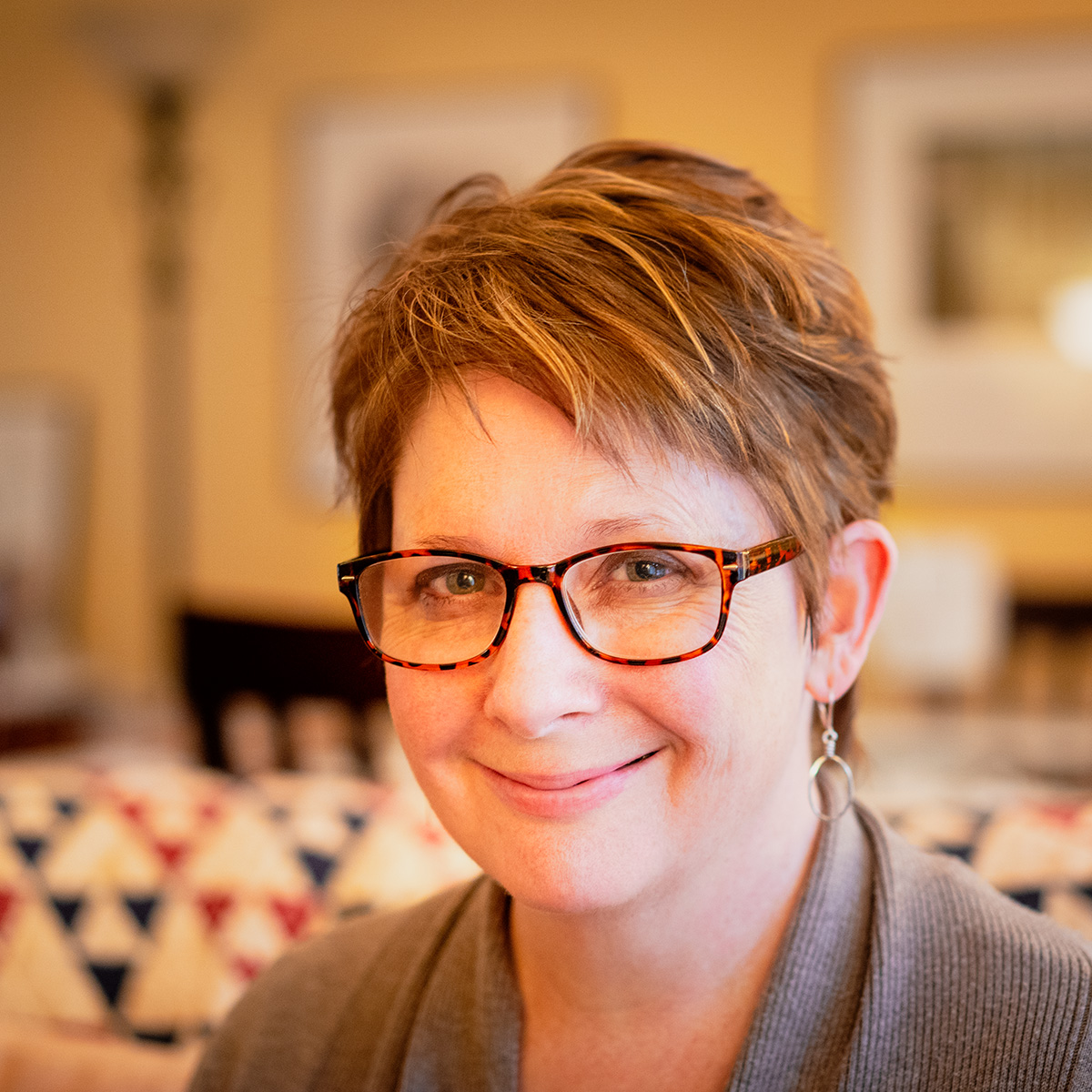Over the last year, Dorothy has spent her fair share of time worrying about Bess and her family (too much time, her husband would say), but in Episode 4 her own family troubles take center stage. Meanwhile, Emmeline does research for her role as Emma Brown, wondering how she’ll ever come up with a wardrobe of last year’s fashions.
While leafing through the latest Sears Catalog, Emmeline comes across the announcement for the Sears Quilt Contest. The official title of the contest was Sears Century of Progress Quilt Contest, and the grand prize was $1,000, a huge amount of money in 1933—nearly $20,000 in today’s dollars. The deadline for the first round of judging was May 15, 1933, and quilters were encouraged to enter newer quilts. “It is not our intention,” the contest copy read, “to make this an exhibit of antiques and heirlooms.”
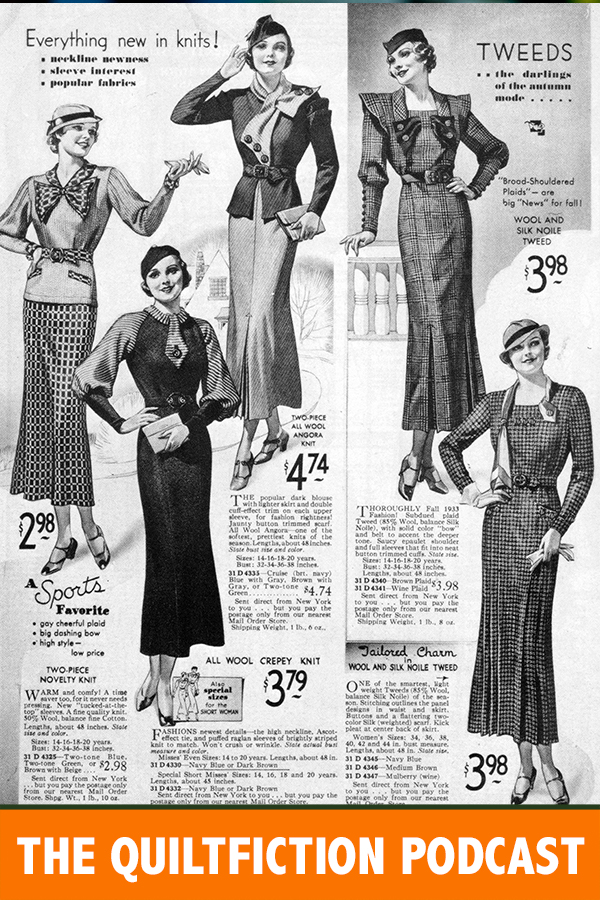
Now here was an outfit she rather liked—a two-piece angora knit in blue with gray, brown with gray, or a two-tone green. The skirt had a kicky little pleat in the front and the top was belted, perfect for showing off Emmeline’s slim waist.
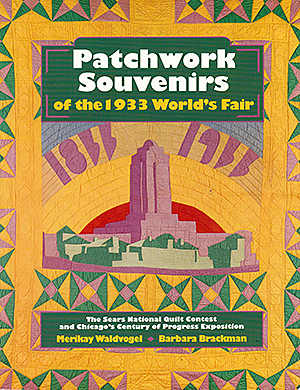 As I mentioned in an earlier post, the definitive history of the Sears Contest was written by Merikay Waldvogel and Barbara Brackman, in Patchwork Souvenirs of the 1933 World’s Fair (Rutledge Hill Press: 1993). This is a highly readable account of the biggest quilt competition in U.S. history. Merikay, a noted quilt historian and all-around wonderful woman, has been an invaluable source to me, both through this book and via the phone, where she’s answered my questions about kits and patterns and given me a great idea or two for some upcoming chapters.
As I mentioned in an earlier post, the definitive history of the Sears Contest was written by Merikay Waldvogel and Barbara Brackman, in Patchwork Souvenirs of the 1933 World’s Fair (Rutledge Hill Press: 1993). This is a highly readable account of the biggest quilt competition in U.S. history. Merikay, a noted quilt historian and all-around wonderful woman, has been an invaluable source to me, both through this book and via the phone, where she’s answered my questions about kits and patterns and given me a great idea or two for some upcoming chapters.
Author’s Notes
- In this episode we meet Dorothy’s daughter, Hannah, a part-time librarian and a graduate of Spelman College, a historically black college for women in Atlanta. Since recording this chapter, I’ve learned that Oberlin College in Ohio started accepting African American students in 1835. It’s possible that when I revise I’ll switch Hannah’s alma mater, just because it seems more realistic to me that the Johnsons would send their only daughter to a school closer to home.
- Something I’ve thought a lot about: In real life, it’s unlikely (though not impossible) that Dorothy would be part of this quilting bee, and it’s perhaps unrealistic that most of the characters are so accepting. Even Emmeline isn’t resistant to Dorothy’s presence; she’s just baffled by it. The fact is, Emmeline has never considered the possibility that African-American women make quilts and has to ask her housekeeper, Cora, about it. Her ignorance and lack of curiosity is a milder form of racism than one might expect in this era, but it’s racism nonetheless. Is it realistic she’ll get past it? This is something that’s on my mind as I write…
- Have you visited the Quiltfiction Pinterest page yet? I’ve got a Friendship Album, 1933 board, with a section for each of the characters. It’s a work-in-progress, and I’m having a great time looking for images of Florence’s house, Emmeline’s wardrobe and vintage photos of the sort of African American community I imagine that Dorothy and Wallace live in.
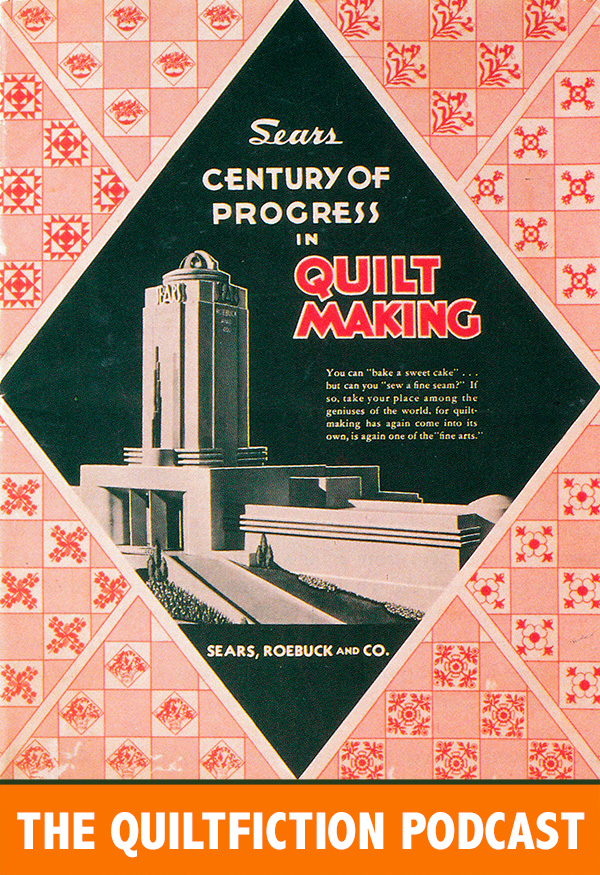
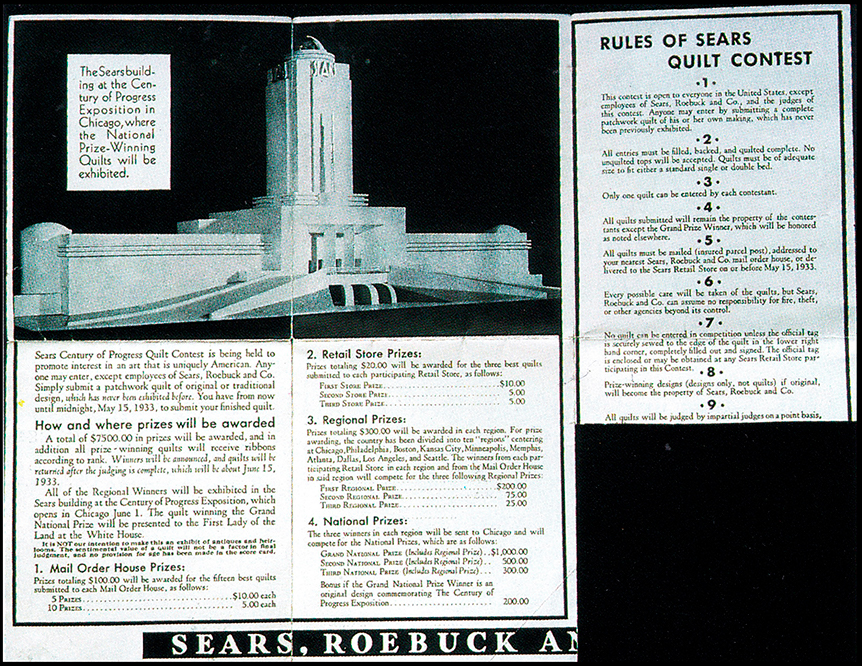
Contest Rules for the Sears Century of Progress Quilt Contest

